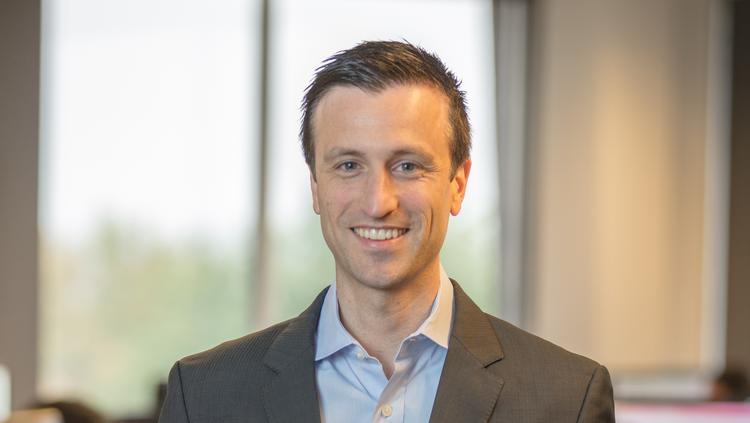
Imagine being told which car or computer you must buy and just forking over whatever it costs. Even if you’re only paying a portion, would you simply write a blank check?
That’s essentially what American healthcare consumers have been doing for decades, even as the cost of healthcare and consumers’ share of it continue to climb. Thankfully, the blank checks may soon be replaced by dollar amounts that reflect the lowest-cost, highest-quality care a person chooses.
Consumers have long sought this capability, but transparency into medical and pharmacy costs is only now beginning to take shape. It took federal mandates and innovative technologies to get us this far, and there’s still a long way to go. But it’s an encouraging start.
Some Procedures Can Be Less Painful
By now, we’ve all seen examples of vastly different charges for common medical procedures from one provider to the next. You know, the MRI that’s $2,500 at one facility and $250 at another across the street. Why would a doctor or health plan send you to anyone but the lowest-cost reputable provider?
Why is a subject for another day. For now, here’s the what: Most consumers still don’t know of the huge price disparities that can exist. Even fewer have an easy way to estimate out-of-pocket costs and compare between in-network providers.
X-rays are x-rays, right? As far as I know, they are. Though I’m guessing the same can’t be said about knee surgeries. How can consumers factor quality into their provider decisions?
Physician-rating services like HealthGrades, WebMD, U.S. News and others are widely available? Reviews by patients are important, but they are subjective and variable. Quality rankings based on objective, clinical outcome criteria are much less accessible. When tools like the one my plan offers can integrate both types of measurements along with estimated costs, then we’ll really have something.
Again, we’re not there yet, but this is more transparency than we’ve ever had to date.
Frequency Facilitates Pharmacy Transparency
It’s doubtful anyone could do the research above from the back of an ambulance. We’re still a long way from cost transparency on demand in an emergency. With prescription drugs, however, most consumers have the luxury of time and technology. Most prescriptions are filled repeatedly for months or years on end, offering ample time and opportunity to make better informed decisions at any point.
Years before my health plan introduced the medical cost estimator, they equipped members with a pharmacy savings tool that goes beyond just looking up prices. When I log in, I’m shown the following:
– Suggested lower-cost options for any prescription I or my dependents have
– What I paid on the last fill and the impact on my plan deductible
– An easy way to change to a suggested lower-cost prescription, drug form, or pharmacy in one click—even if doctor approval is required
User interface for the prescription savings tool the author used to reduce out-of-pocket medication cost.
(Personal and health information obscured.)
Like many people on the same prescription month after month, I initially filled the one my doctor wrote, no questions asked. It was a generic, so I assumed the price was as good as it gets. Wrong. The tool showed me there are other generics in the same class, along with other options, that cost less under my insurance coverage. I also noticed the pharmacy in my grocery store charges less for my medication than the one my family has used exclusively for years.
Which means we’ve probably been paying too much for prescriptions for who knows how long. The same is likely true for our medical care. And we’re only four of the 334 million Americans in the world’s most expensive healthcare system. Seemingly since the beginning of time, we’ve never known what a doctor visit, medical procedure or prescription will cost us until it’s time to pay.
Fortunately, that’s starting to change. The ability to know costs and compare options for both medical care and prescriptions is downright powerful. When transparency tools can share critical health data between them, along with comprehensive quality metrics, we might finally find the Holy Grail.
Granted, most consumers don’t have access yet, but we’ve seen a glimpse of what medical and pharmacy cost transparency can do. We need more of it. And no more blank checks.
About Michael Rea
Michael Rea, PharmD, founded Rx Savings Solutions after watching America’s prescription drug system fail his pharmacy patients on a daily basis. Those patients and their experiences inspired a solution that is helping millions like them today. Rea is a respected thought leader on drug pricing and healthcare transformation.